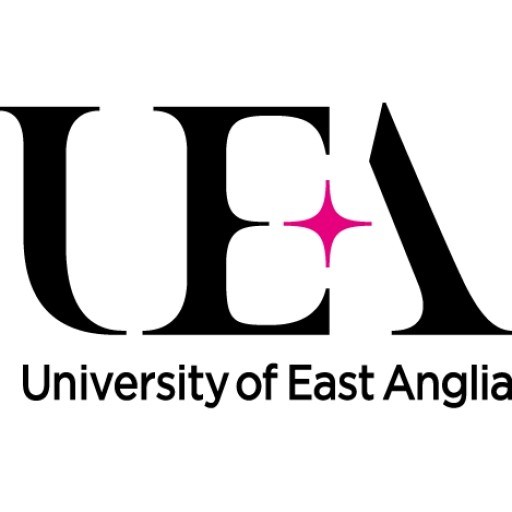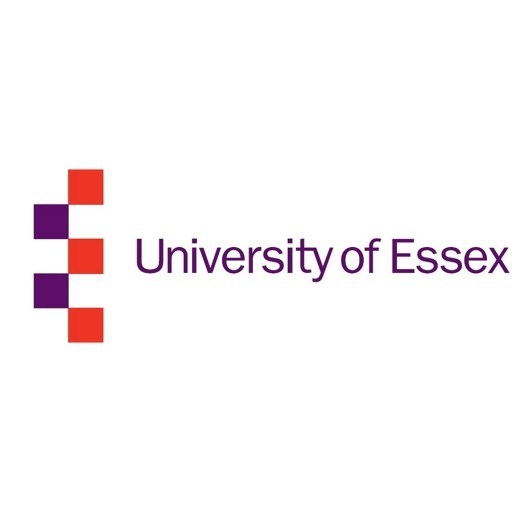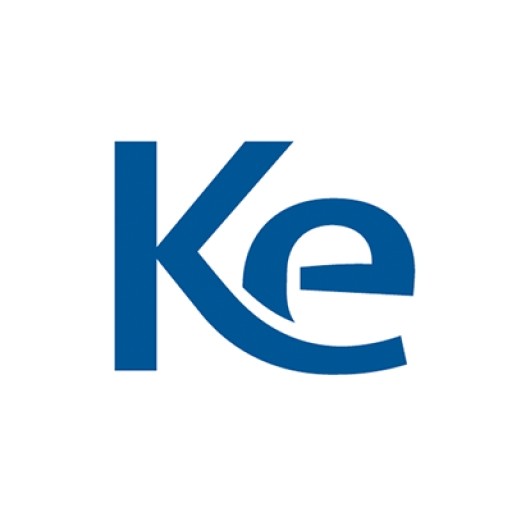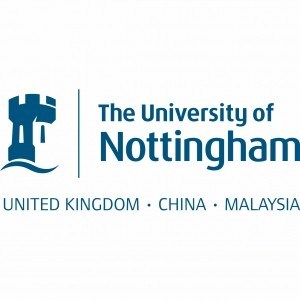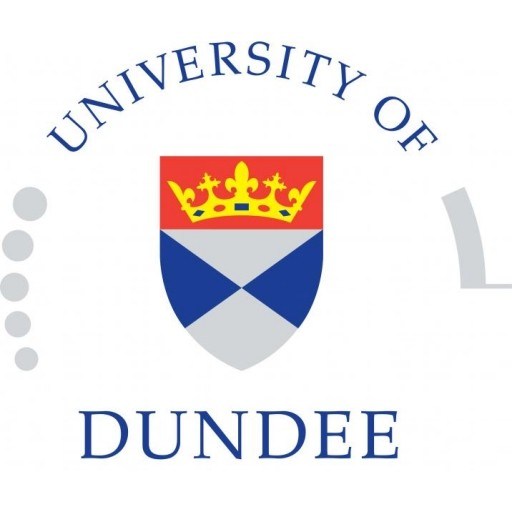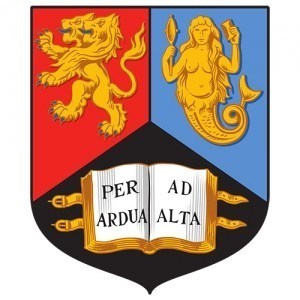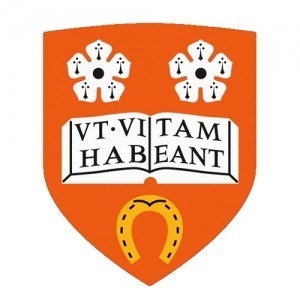Photos of university / #uniofeastanglia
The BA History and History of Art programme at the University of East Anglia offers students a comprehensive and interdisciplinary education that explores the development of human societies through time and the visual arts that have shaped and reflected cultural identities. This course provides a unique fusion of historical analysis and art historical studies, enabling students to understand the social, political, and cultural contexts that influence artistic production and historical events. Throughout their studies, students will engage with a diverse range of topics, from ancient civilizations to contemporary history, and from classical art to modern visual culture. The programme is designed to develop critical thinking, analytical skills, and a deep appreciation for the interconnectedness of history and art. Students will have access to extensive resources, including well-equipped libraries, archives, and museums, as well as opportunities for research, field visits, and internships. The course structure offers flexibility, allowing students to tailor their learning to specific interests such as medieval history, Renaissance art, modern history, or contemporary visual culture. In addition to core modules, students can choose from a variety of optional modules that enhance their understanding of special topics like historical methodologies, art theory, conservation, and digital humanities. The programme aims to prepare graduates for careers in museums, galleries, cultural heritage management, academia, journalism, or further postgraduate study. With expert teaching staff, a vibrant academic community, and strong links with cultural institutions, the University of East Anglia’s History and History of Art programme provides an enriching academic environment that encourages intellectual curiosity, critical reflection, and professional development. Graduates will leave equipped with a broad, nuanced perspective on history and art, as well as transferable skills in research, communication, and analysis, ready to contribute meaningfully across a range of professional fields.
Detailed Course Facts
Application deadline You are advised to apply as early as possible Tuition fee- EUR 10550 Year (EEA)
- EUR 17400 Year (Non-EEA)
UK/EU Students: £9,000. International Students: £14,900
Start date September 2015 Credits (ECTS) 240 ECTSDuration full-time 48 months Languages Take an IELTS test
- English
Course Content
Study Meteorology and Oceanography at UEA and find out the answers to the following questions and many more...
- How has the climate changed since the last ice age?
- How is human society affected by climate change?
- What factors determine the Earth's climate?
- How do humans pollute the atmosphere?
- What is acid rain?
- How will sea-level rise affect coastal areas?
- What forces generate tides?
- How much pollution can the ocean withstand?
- Can the deep ocean support life?
- How do clouds form?
- What drives the circulation of the atmosphere and oceans?
- What is El Nino?
- What is a frontal system?
- Why does it rain?
- Can the weather be predicted?
- What happens during a thunderstorm?
- What is a hurricane?
- What are the solid features of the ocean?
- How does seawater differ from freshwater?
Field Course Options
Field courses and practical classes are an integral part of training our meteorology and oceanography students. You will be introduced to the problems of studying these unique aspects of the planet and learn a variety of practical techniques using specialist equipment through the field courses available.
Year Abroad
At the School of Environmental Sciences, UEA, Norwich we can offer you a once-in-a-lifetime chance to spend a year of your studies abroad.
The year abroad degree programmes are four years in duration. You will spend your first two years at UEA, Norwich. The third year is spent at a university (of your choice) abroad and the fourth and final year is spent back at UEA, Norwich. The overseas placement is subject to satisfactory academic performance during Years 1 and 2. Students on an exchange programme will be expected to pay 15% of their annual tuition fee to UEA during their year abroad and we will pay the overseas university.
The chance to spend a year abroad can be an experience of a lifetime as well as providing you with:
- Travel opportunities
- The opportunity to learn a second language
- The chance to experience different cultures
- The chance to study topics that we cannot provide here at UEA
Students on the European exchange programmes have the option to spend one year of their studies in either France, Spain or Sweden. We currently exchange with the below institutions and these are reviewed regularly. We will do our best to place you at the exchange university of your choice, however if the demand for a particular university exceeds the places available, you will be placed elsewhere. Language training will be provided for you during your second year at UEA, prior to the year in Europe, therefore we do not expect you to obtain a language A-level for admission. We do however ask that all applicants have a GCSE language at Grade B or above (not necessarily French, Spanish or Swedish).
The European universities that students from the School of Environmental Sciences currently visit include:
- Aix-Marseille II University, France
- Josef Fourier University Grenoble, France
- University of Granada, Spain
- Umea University, Sweden
- Uppsala University, Sweden
English Language Requirements
IELTS band : 6 TOEFL iBT® test : 78
To study at this university, you have to speak English. We advice you to
take an IELTS test. More About IELTSRequirements
- A Level:
ABB (including A level Mathematics)
- International Baccalaureate:
32 (incl 2 HL subjects at grade 6, to include HL Maths)
- Scottish Highers:
AABBB (including Maths)
- Scottish Advanced Highers:
ABB (including Maths)
- Irish Leaving Certificate:
AABBBB (including Maths)
- Access Course:
See below
- European Baccalaureate:
75% overall (including Maths)
Students for whom English is a Foreign language
We welcome applications from students from all academic backgrounds. We require evidence of proficiency in English (including writing, speaking, listening and reading). Recognised English Language qualifications include:
- IELTS: 6. overall (minimum 5.5 in any component)
- TOEFL: Internet-based score of 78 overall (minimum 20 in Speaking component, 17 in Writing and Listening components and 18 in Reading components.
- PTE: 55 overall (minimum 51 in any component).
If you do not meet the University's entry requirements, our INTO Language Learning Centre offers a range of university preparation courses to help you develop the high level of academic and English skills necessary for successful undergraduate study.
Interviews
The majority of candidates will not be called for an interview. However, for some students an interview will be requested. These are normally quite informal and generally cover topics such as your current studies, reasons for choosing the course and your personal interests and extra-curricular activities.
Gap Year
We welcome applications from students who have already taken or intend to take a gap year, believing that a year between school and university can be of substantial benefit. You are advised to indicate your reason for wishing to defer entry and may wish to contact the appropriate Admissions Office directly to discuss this further.
Special Entry Requirements
A level Mathematics or equivalent.
We also require a GCSE modern language Grade B for our Year in Europe programmes.
General Studies and Critical Thinking are not accepted.
Intakes
The School's annual intake is in September of each year.
Alternative Qualifications
We encourage you to apply if you have alternative qualifications equivalent to our stated entry requirement. Please contact us for further information.
Pass the Access to HE Diploma with Distinction in 36 credits at Level 3 and Merit in 9 credits at Level 3, including 12 Level 3 Maths credits. GCSE Grade B in an appropriate Language.
GCSE Offer
Students are required to have Mathematics and English at minimum of Grade C or above at GCSE Level
Students who wish to study at a European university will be required to have achieved a GCSE grade B or above in the language of instruction for the year abroad.
Work Experience
No work experience is required.
Related Scholarships*
- Academic Excellence Scholarship
"The Academic Excellence Scholarship can provide up to a 50 % reduction in tuition per semester. These scholarships will be renewed if the student maintains superior academic performance during each semester of their 3-year Bachelor programme. The scholarship will be directly applied to the student’s tuition fees."
- Access Bursary
Bursary for UK students all subjects where the variable tuition fee rate is payable.
- Alumni Bursary
Alumni Bursary for UK Undergraduate students
* The scholarships shown on this page are suggestions first and foremost. They could be offered by other organisations than University of East Anglia.
The History and History of Art program at the University of East Anglia offers students a comprehensive education that explores the development of human societies through time and the rich visual cultures of different eras. This interdisciplinary course allows students to examine historical events, cultural movements, and artistic achievements from ancient times to the modern day. The program is designed to develop critical thinking, analytical skills, and a deep understanding of how history and art influence contemporary society. Students have the opportunity to study a wide range of topics, including medieval history, renaissance art, modern European history, and contemporary visual culture. The curriculum combines lectures, seminars, and practical coursework, enabling students to engage actively with primary sources and develop their own research projects.
The program benefits from the university’s strong academic staff who are experts in their respective fields, providing mentorship and guidance to students throughout their studies. The university’s facilities include well-equipped art studios, libraries with extensive collections, and digital resources that support research and learning. Students are encouraged to participate in field trips, exhibitions, and internships, which enhance experiential learning and employability after graduation. The program also offers pathways for specialization, allowing students to focus more deeply on either historical analysis or art historical approaches, depending on their interests. Graduates are prepared for careers in museums, galleries, archives, education, research, publishing, or further academic study.
Overall, the History and History of Art program at UEA aims to produce graduates who are not only knowledgeable about historical and artistic developments but also skilled in critical analysis, communication, and independent research. The program’s combination of theoretical study and practical application ensures students are well-equipped to pursue diverse professional paths or advanced studies.
